

Max Davies
2025 GWM Haval H7 review
6 Days Ago
A lobby group for electric vehicles has criticised the peak body for car brands in Australia over its claims car prices will rise under a new emissions standard.

News Editor
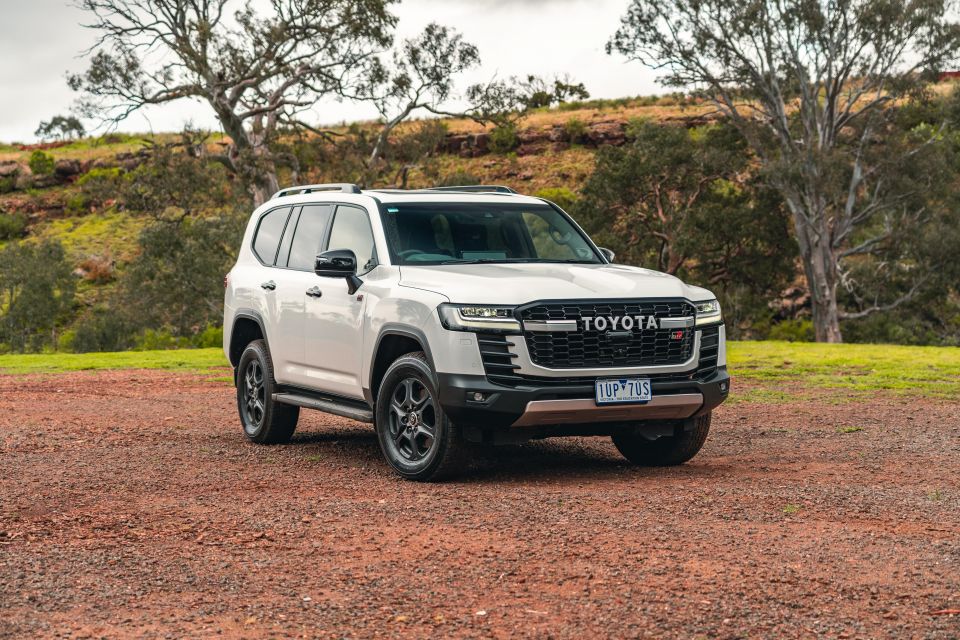

News Editor
The peak body for car brands in Australia has been accused of misleading the public about the impact of upcoming federal emissions standards on new car prices.
Data from the Federal Chamber of Automotive Industries (FCAI) claims a Toyota LandCruiser would be slugged with a penalty of up to $13,250 under the 2025 CO2 target of the Australian Government’s New Vehicle Efficiency Standard (NVES), with other popular models also facing penalties of several thousand dollars each.
But the Electric Vehicle Council, a lobby group, has called on the FCAI to withdraw its “misleading” claims about car price increases.
“Anyone who knows anything about how efficiency standards actually work across the globe would recognise the FCAI’s public claims about price are not honest or credible,” said Electric Vehicle Council chief executive Behyad Jafari.
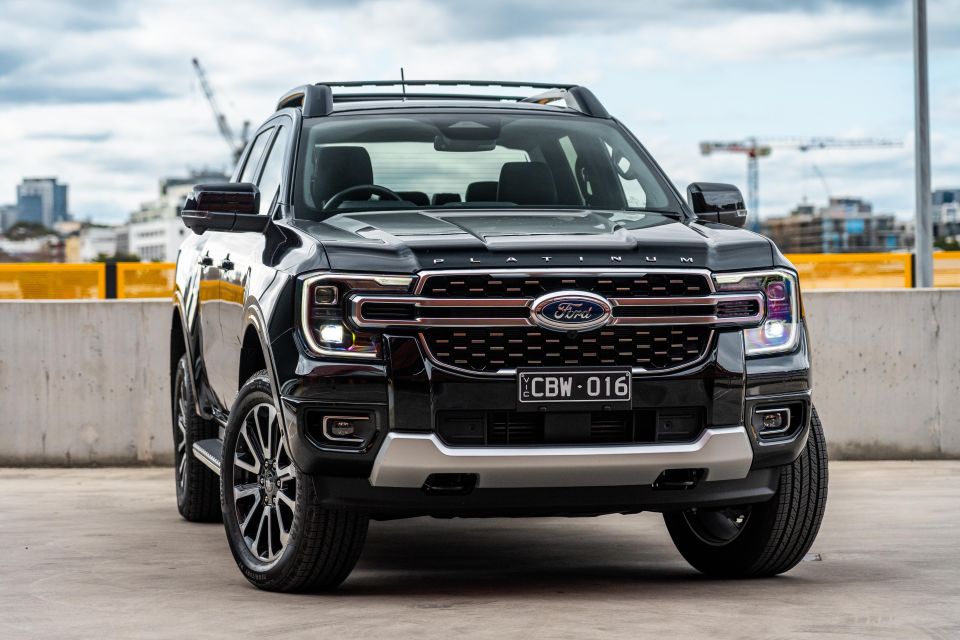
“You won’t hear any actual carmaker echo the FCAI’s claims because they know their credibility would be shredded if they did.
“This idea that carmakers would suddenly jack up prices by huge amounts is pure fantasy, and anyone objective will tell you this. The US has had efficiency standards in place since last century, and the number one and two cars sold in America last year were both big combustion engine utes, they just build them to be more efficient.
“The idea that any model would shoot up by any significant amount can only be supported if you base you modelling on completely unrealistic assumptions, which is exactly what we now see the FCAI has been doing.
“If the FCAI wants to lobby against New Vehicle Efficiency Standards I think that’s a strange decision, but it’s their prerogative. I just think anything they tell the public should at least be based on the same – admittedly still flawed – information they tell each other.”
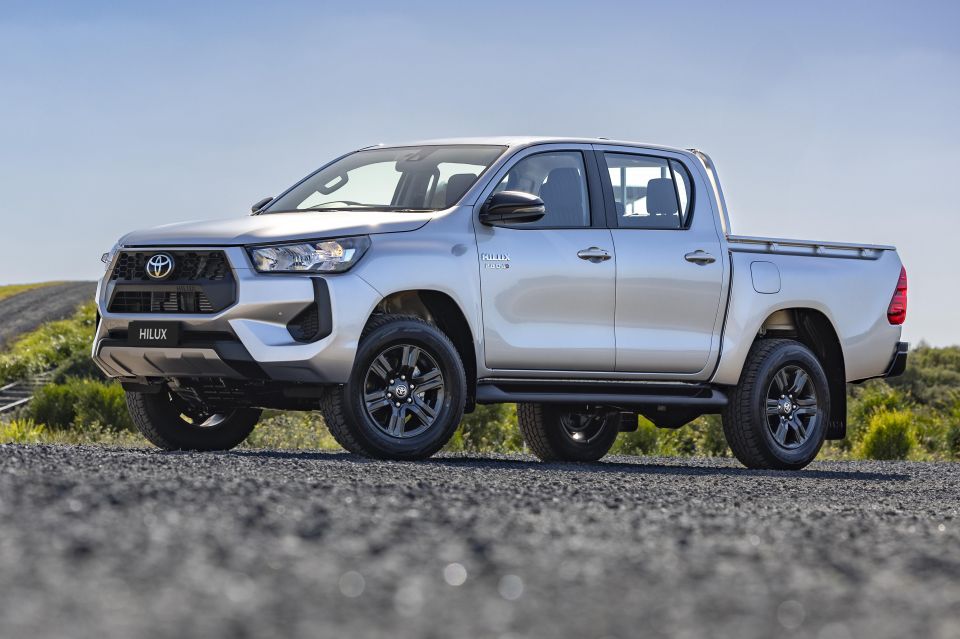
The NVES, which the Australian Government intends to come into effect by January 1, 2025, will see carmakers given fleet CO2 emissions targets that will move with time. If they want to sell larger, higher-polluting vehicles, they’ll need to offset them with lower- or zero-emission vehicles.
The Government has presented its preferred model, called Option B. For a detailed overview of its proposed options, click here.
The FCAI’s data on the top 20 best-selling cars in 2023 shows the credit or penalty they would incur in 2025 based on the lowest and highest CO2-emitting variants in their model ranges.
These penalties would be applied to the carmaker, and it would be up to them whether that is passed onto the customer in the form of a price rise.
| Model | Lowest-emitting variant | Highest-emitting variant |
|---|---|---|
| Ford Ranger | $450 credit | $6150 penalty |
| Hyundai i30 | $1280 penalty | $7130 penalty |
| Hyundai Tucson | $1990 penalty | $5750 penalty |
| Isuzu D-Max | $1160 credit | $2030 penalty |
| Kia Sportage | $1220 penalty | $4810 penalty |
| Mazda BT-50 | $600 penalty | $2080 penalty |
| Mazda CX-3 | $1680 penalty | $2480 penalty |
| Mazda CX-5 | $150 penalty | $4460 penalty |
| MG 3 | $3280 penalty | – |
| MG ZS EV | $13,380 credit | – |
| MG ZS | $3080 penalty | $3880 penalty |
| Mitsubishi Outlander | $3350 penalty | $4090 penalty |
| Mitsubishi Outlander PHEV | $12,440 credit | – |
| Mitsubishi Triton | $2150 penalty | $8670 penalty |
| Subaru Forester | $1250 penalty | $3270 penalty |
| Tesla Model 3 | $15,820 credit | $15,940 credit |
| Tesla Model Y | $14,840 credit | $15,390 credit |
| Toyota Corolla (petrol) | $780 penalty | $1280 penalty |
| Toyota Corolla (hybrid) | $3620 credit | $2920 credit |
| Toyota LandCruiser | $8050 penalty | $13,250 penalty |
| Toyota LandCruiser Prado | $4960 penalty | – |
| Toyota RAV4 | $250 penalty | $2720 penalty |
| Toyota RAV4 Hybrid | $3410 credit | $3840 credit |
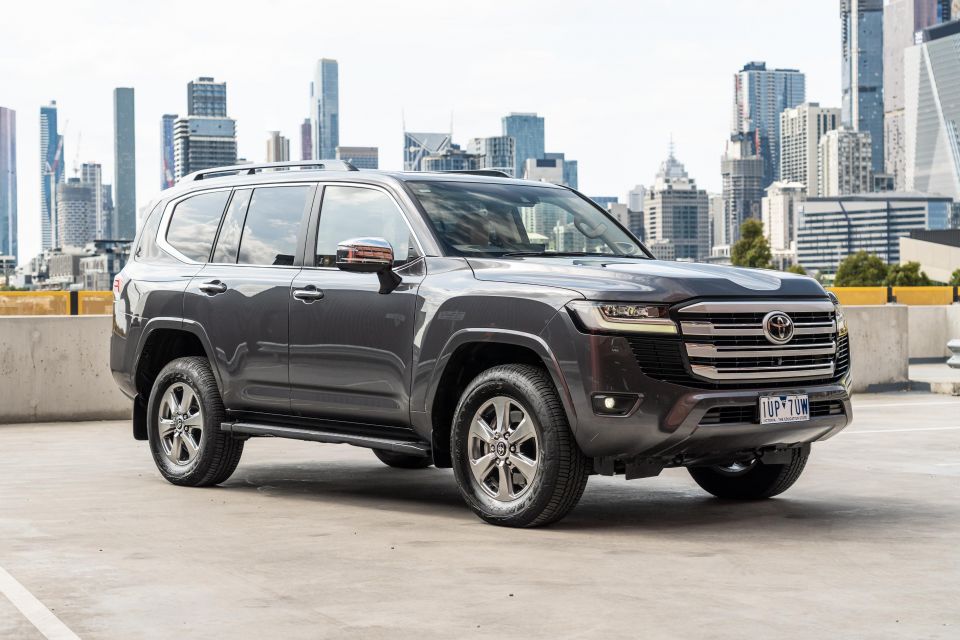
Also included in the data are credit/penalty figures under 2029 emissions targets, though these are based on current models.
This sees vehicles like the Toyota LandCruiser attracting a $25,050 penalty in 2029 in its highest-polluting guise. The Federal Opposition has been using these figures to argue how the NVES will disadvantage Australian consumers.
The FCAI says it supports a fuel efficiency standard, but has called on the Australian Government to release its modelling for the NVES.
“Good public policy is created when there is transparency about the objectives and the underpinning assumptions about those objectives,” said FCAI chief executive Tony Weber.
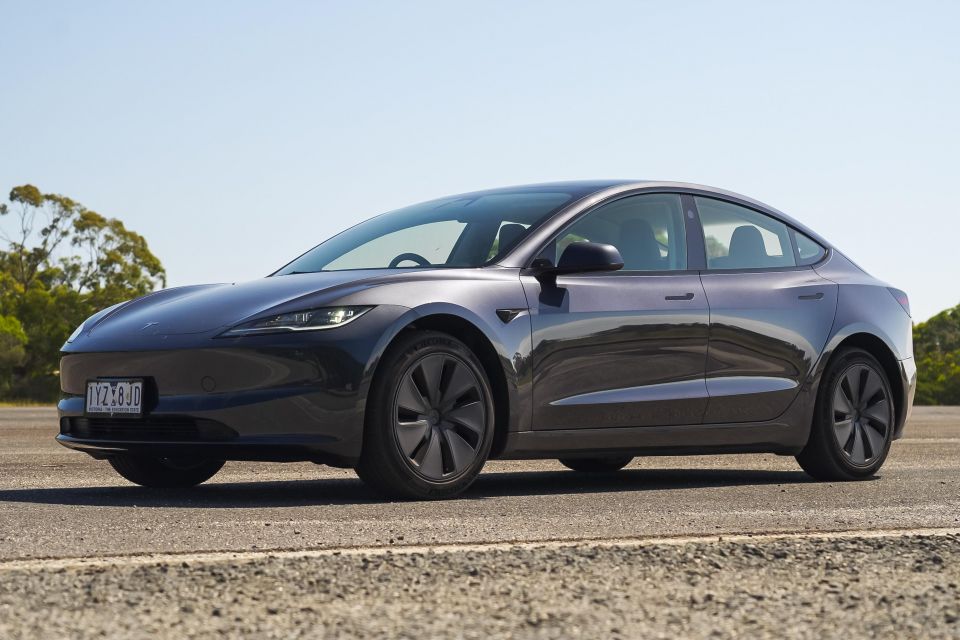
“Obviously we hope there are changes to the proposed standards. If it goes through as formulated the impact on consumers will be enormous, particularly in two ways – the increased purchase cost of the vehicle and the availability of product in market segments.
“Consumers have two fundamental options – you can buy the vehicle that you want and if it doesn’t have the drive-train that meets the target as mooted you will pay the penalty.
“The second option is you could substitute where they’re available to a more sophisticated drivetrain that provides you with a better fuel efficiency. Typically in the future that will be EVs.”
The FCAI also predicts EVs will still carry significant premiums even by 2030.
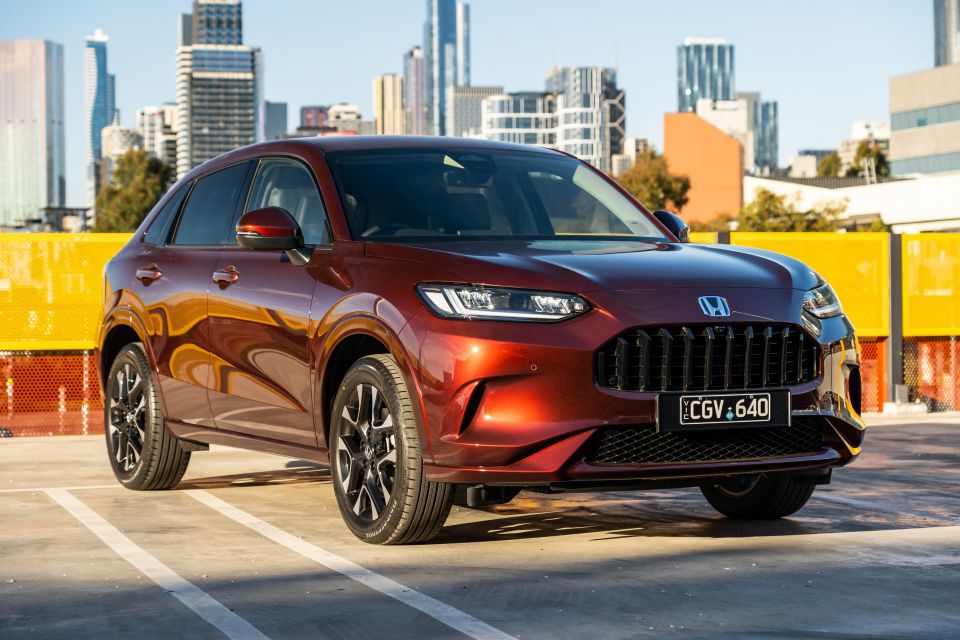
“For a [small car] like the Volkswagen Golf, they think the premium you’ll be paying for an EV version would be $15,500 in 2030,” Mr Weber said.
“For a [mid-sized SUV] like the Honda ZR-V you’d be looking at about $16,000, and if you’re looking at a ute like the Ranger, HiLux, Triton or D-Max, you’re looking at a premium of $20,000 for a battery version.”
While this FCAI data suggests buyers could face significant price increases as carmakers try to offset emissions penalties, The Sydney Morning Herald reports the peak body has previously said electric and hybrid vehicle sales are set to rise dramatically even if they currently carry premiums over petrol-powered vehicles.
An FCAI members briefing document from 2022, prepared by S&P Global Research, shows electric and hybrid vehicles are set to dominate Australian new car sales by 2030 even without a government efficiency standard.
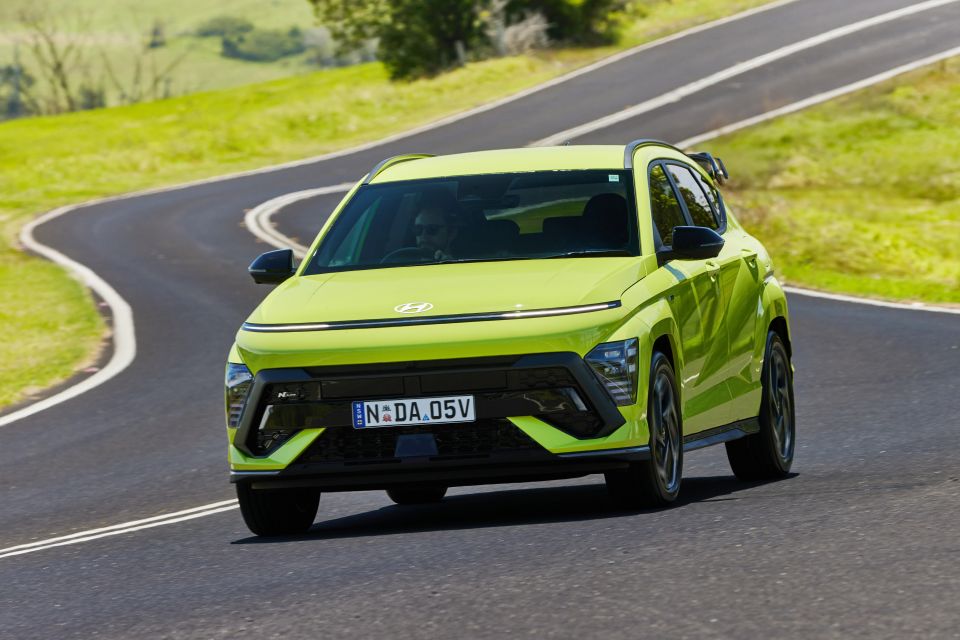
The document says the share of combustion-powered vehicles will fall from 88 per cent in 2021 to just 24 per cent in 2030, with the remaining 76 per cent consisting of both hybrid and electric vehicles.
Some car companies have come out in support of the NVES, including Hyundai and Volkswagen, while Mazda has called for a significant delay to its introduction.
Volkswagen Group Australia said it supports the Australian Government’s proposed Option B, albeit with the introduction of so-called “supercredits” from the more lenient Option A that would allow plug-in hybrid and electric vehicles to further offset vehicles with higher emissions.
“Volkswagen Group Australia welcomes the NVES. VGA responds to customers demand – be that in the form of the Amarok ute, SUVs small or large, petrol performance cars, PHEVs or BEVs,” said Paul Pottinger, general manager of corporate communications at Volkswagen Group Australia.
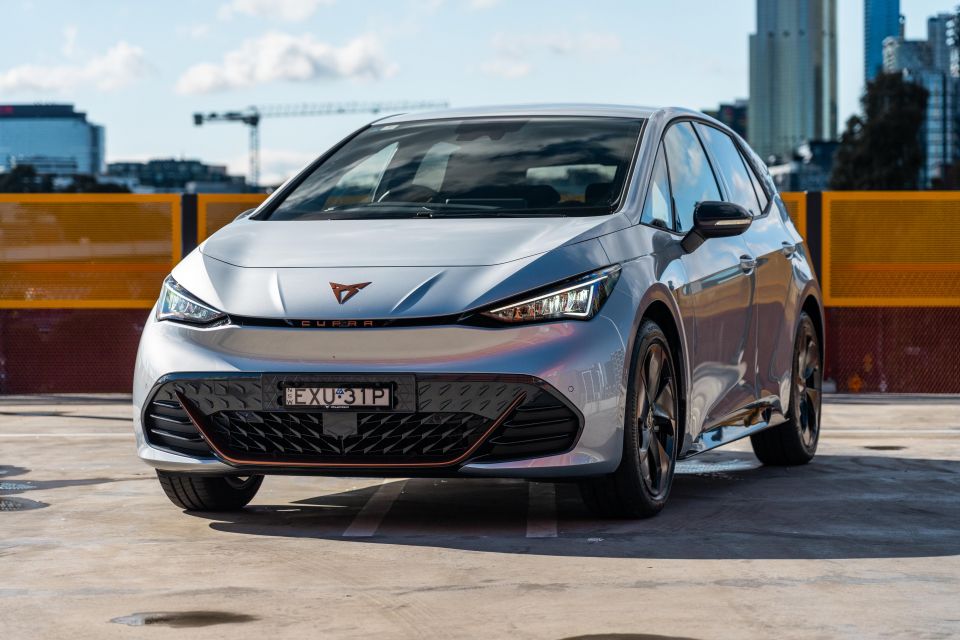
“As to the statement that a Golf hatchback equivalent EV will cost some $15,000 more than the current petrol version, VGA in fact already sells a such a vehicle in the form of Cupra’s Born at the price of a Golf GTI.”
“We would say that [claim] has no foundation in fact,” he added, noting claims of significant price increases “seem predicated on the vehicle fleet not changing”.
The Federal Opposition is calling the NVES a “family car tax”.
“During a cost-of-living crisis, the last thing people want to hear is that the price of a new family car or a new ute for a tradie is going to be forced up to subsidise EVs,” said Senator Bridget McKenzie, Shadow Minister for Infrastructure, Transport and Regional Development.
“If you’re a tradie and you’re buying vehicles such as a BT-50 or a D-Max or a HiLux or a Ranger, the Albanese Government’s family car tax is going to drive up the cost of purchasing that vehicle.”
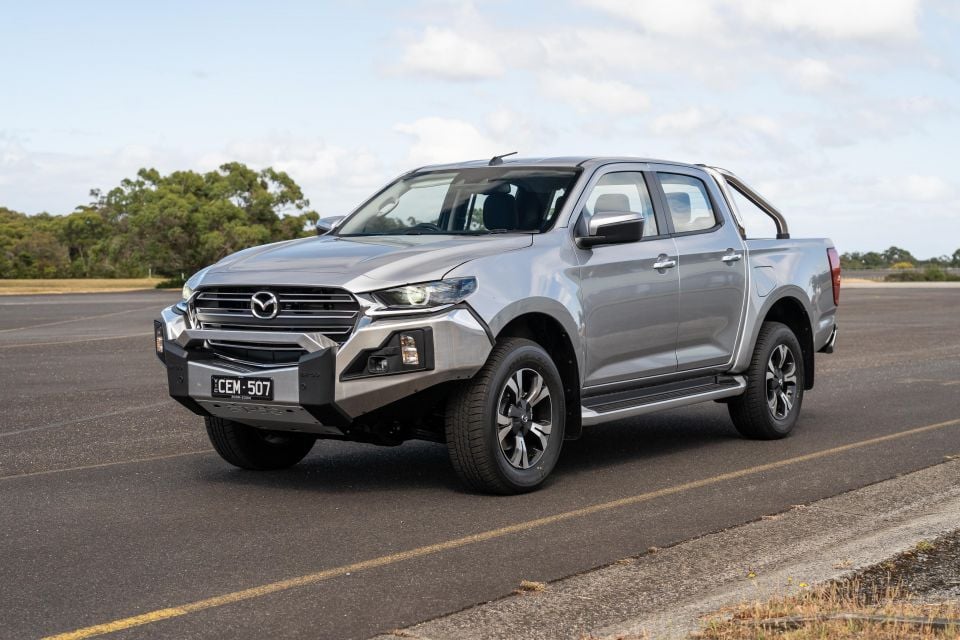
In terms of an impact on new car prices, the Australian Government has said there will be “none”, pointing to the US and Canada – which have had federal emissions standards of their own for decades – as proof that utes will still be able to thrive under the NVES.
“Because of a lack of action on an Efficiency Standard, Australian families are paying around $1000 a year more than they need to be for their annual fuel bill – the Albanese Government is delivering long-term cost-of-living relief to fix that for new vehicles and put money back in people’s pockets,” said Minister for Climate Change and Energy Chris Bowen.
“We’re giving Australians more choice to spend less on petrol, by catching up with the U.S – this will save Australian motorists $100bn in fuel costs to 2050.”
“This is about ensuring Australian families and businesses can choose the latest and most efficient cars and utes, whether they’re petrol and diesel engines, or hybrid, or electric.”
MORE: Volkswagen’s wish list for Australian emissions standards revealed MORE: Hyundai backs tough emissions standard for Australian new cars MORE: Mazda pumps the brakes on Australian efficiency standards, calls for subsidies MORE: Mitsubishi: Emissions standards can’t forget about ‘middle Australia’ MORE: Australian dealer body criticises tougher emissions standards MORE: What Australia’s biggest car brands have to say about tough new emissions standards MORE: Climate lobby backs Australian emissions standards, but data leaves more questions than answers
William Stopford is an automotive journalist based in Brisbane, Australia. William is a Business/Journalism graduate from the Queensland University of Technology who loves to travel, briefly lived in the US, and has a particular interest in the American car industry.


Max Davies
6 Days Ago


Josh Nevett
5 Days Ago


Josh Nevett
4 Days Ago


Paul Maric
3 Days Ago
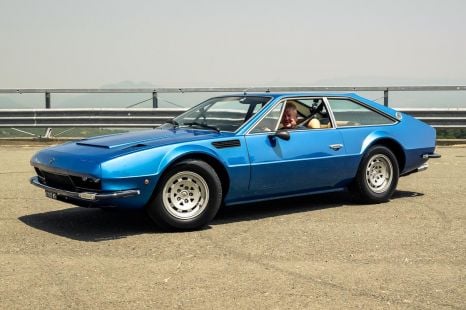

Anthony Crawford
2 Days Ago
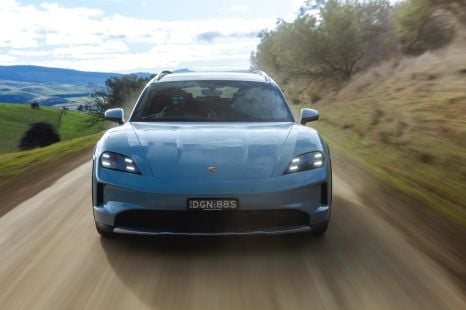

Derek Fung
2 Days Ago